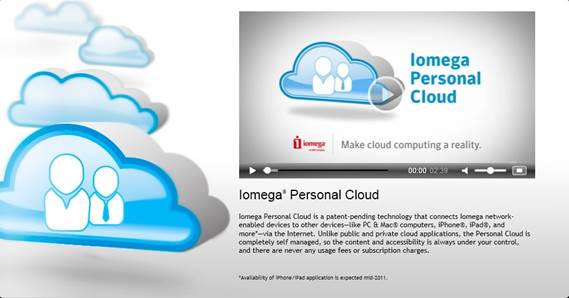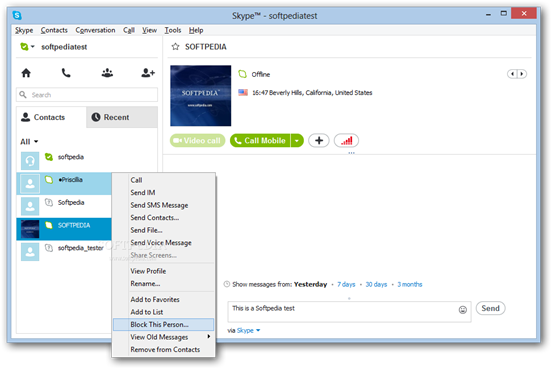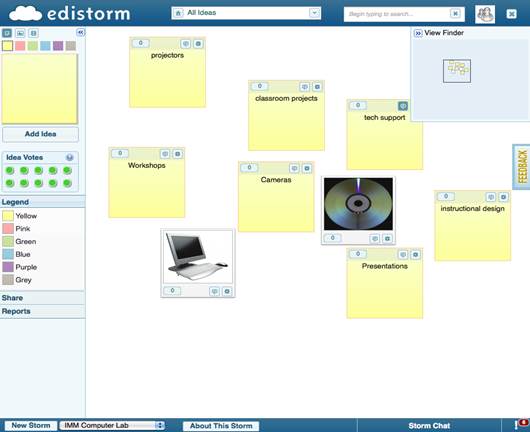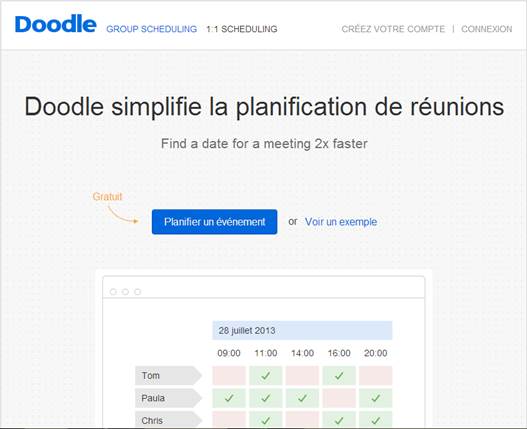A physical office is the perfect
place to receive visitors and exchange ideas, but we-enabled services are
better for small firms.
If you’re running a café, veterinary
practice or manufacturing business, it pretty much goes without saying that you
need your own premises. However, not all firms are bound by the requirement for
fixed physical office space. With widespread internet access and a range of
mobile devices able to take advantage of that, many businesses can now thrive
with no fixed address, allowing their staff to work from home, a hotel or the
other side of the world.

Iomega’s
Personal Cloud
Such distributed working could help your
firm build a global presence with just a few people, support highly flexible
working or even just save the overheads of an office, but it presents its own
challenges. Offices help form a company’s identity, providing a base of
operations and an environment for the easy exchange of ideas and information.
With no permanent home, a business needs to ensure that staff have the other
tools they’ll need to plan, perform and deliver work as a team. This month,
we’ll look at how the internet and other services can help you shrink your
office, or go without it altogether.
It’s good to talk
Whatever your business does, the work its
employees perform is likely to be a mixture of group activities such as
discussion, planning and brainstorming, and the tasks that result from them,
performed individually. The balance varies, but more often than not it’s the
latter that constitutes the ‘proper work’ that customers get billed for. If
you’re considering reducing your reliance on an office, it’s important to work
out how you’ll support both types of activity, potentially at the same time,
ensuring that staff can share work and ideas, and that when they work alone
they’re kept in sync with what everyone else is doing.

Skype
In the absence of a physical workplace,
good communication and organization becomes paramount, as it may not be so
readily apparent when somebody is falling behind or going off on a tangent. As
such, it’s vital to have good communications in place. While a decent email
system and mobile phones for all remote staff form a good foundation for
communication between remote workers, internet phone software such as Skype
supports a range of useful features such as conference calls and video
conferences and will save you a fortune on telephone bills.
Owned by Microsoft, Skype (www.skype.com) is a free download for PC, Mac
and smartphone platforms. Most devices already include the necessary speakers
and mics, but desktop PC users will need a webcam or headset to participate.
Set everyone up with an account and add them as contacts, and you’ll be able to
call or send them text messages as necessary. It’s easy to set up a conference
between Skype users; simply click the Chat icon above the contacts list, drag
contacts into the box to the right and click the Call group button.
Alternatively, begin a normal conversation first then bring others in by
selecting ‘Add People...’ from the Conversation menu. Once a call is
established, you can minimize Skype and work in other programs.
Skype isn’t the only free conferencing
software; the Hangouts feature in Google+ provides a similar service. Hangouts
are easily scheduled from within Google Calendar, which itself is a great tool
for managing individual and shared diaries within the business.
We covered Calendar and various other
Google applications in detail in Business Expert, Shopper 297 to 299. In brief,
you share a Google Calendar by clicking the arrow at the right of the calendar
name under My calendars and choosing Share this Calendar, then entering your
colleagues’ email addresses and setting their permissions. Ask them to do the
same for you, and create and share additional calendars for company resources
such as a van.
Right on schedule
Being able to see each other’s calendars is
essential, but it won’t make it much easier to organize a meeting involving
lots of people and resources. Here you can get help from Doodle, a poll-based
scheduler for finding meeting and event times that suit everyone. Visit www.doodle.com and click ‘Schedule an event’,
fill in the details and choose any advanced settings before inviting colleagues
to respond. When everybody has, it’s easy to see a time and date that works for
everyone. If you use Doodle a lot, you can connect it to your Google, Outlook
or iCal calendar, using the data there to find free time, and exporting
scheduled events back to your calendar. Click the Manage user-account link,
click Calendar and address book and follow the instructions for the software or
service.

Stormboard
Online
For productivity and brainstorming, little
compares to getting everyone together in the same room, even if it’s just a
meeting space rented for the afternoon (see the box opposite). If this isn’t
possible, you could try a service such as StormBoard (www.stormboard.com), a
kind of online whiteboard designed for free-flowing collaborative working.
Stormboard offers several paid packages, but the basic service, limited to five
users, is free. Once registered, you can create Storms using one of many
templates and invite colleagues to post and comment on ideas, photos or videos
in the form of sticky notes. Running a Skype conference at the same time could
help stimulate the discussion.
“In the absence of a physical workplace,
good communication and organization becomes paramount, as it may not be so
readily apparent when somebody is falling behind or going off on a tangent “

Doodle
web gape
All these ideas and services will help the
company's work, and some could help build team spirit and informal bonds
between staff, but it’s worth investing a bit more effort in this area. Lf you
can’t meet in real life for social events, try an online game where you can
compete as a team or guild. If this isn’t everyone’s cup of tea, try more
cerebral games such as Scrabble or Words with Friends. You can play these
through Facebook; encourage staff to Friend each other, or create a group in
which staff can socialize.